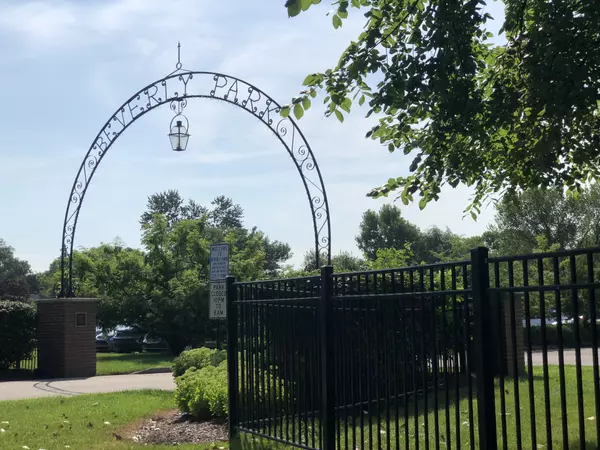

Bridge Loan: The Tool to Buy and Sell at the Same Time
In the world of real estate, timing is everything. Whether you're upgrading to a larger space, downsizing, or simply seeking a change of scenery, the transition between selling your current home and purchasing a new one can be fraught with financial and logistical challenges. In fact, buying a new h
Read More

The Real Estate Investor’s #1 Tool: The 1031 Tax Deferred Exchange
In real estate investment, savvy investors continuously seek strategies to maximize their returns and minimize their tax liabilities. One of our favorite tools, the 1031 Tax Deferred Exchange, stands out as a powerful tool for accomplishing both objectives. To execute an effective 1031 Exchange, the
Read More

Beyond Zillow: The Real Secrets to Downsizing and Selling Your Home
In today's fast-paced real estate market, where every click leads to a new discovery, Zillow stands out as a titan, commanding the attention of nearly half of all real estate website traffic with its impressive 200 million monthly visitors. It's a treasure trove of over 140 million properties, turn
Read More

Best Birmingham Neighborhood
Birmingham has a number of great neighborhoods but one of my favorites is Pembroke Park. If I were looking a new home in Birmingham and home price appreciation was most important to me, Pembroke Park would be the only neighborhood I would consider. Nestled north of West Maple and east of Eton, Pembr
Read More
Categories
Recent Posts










